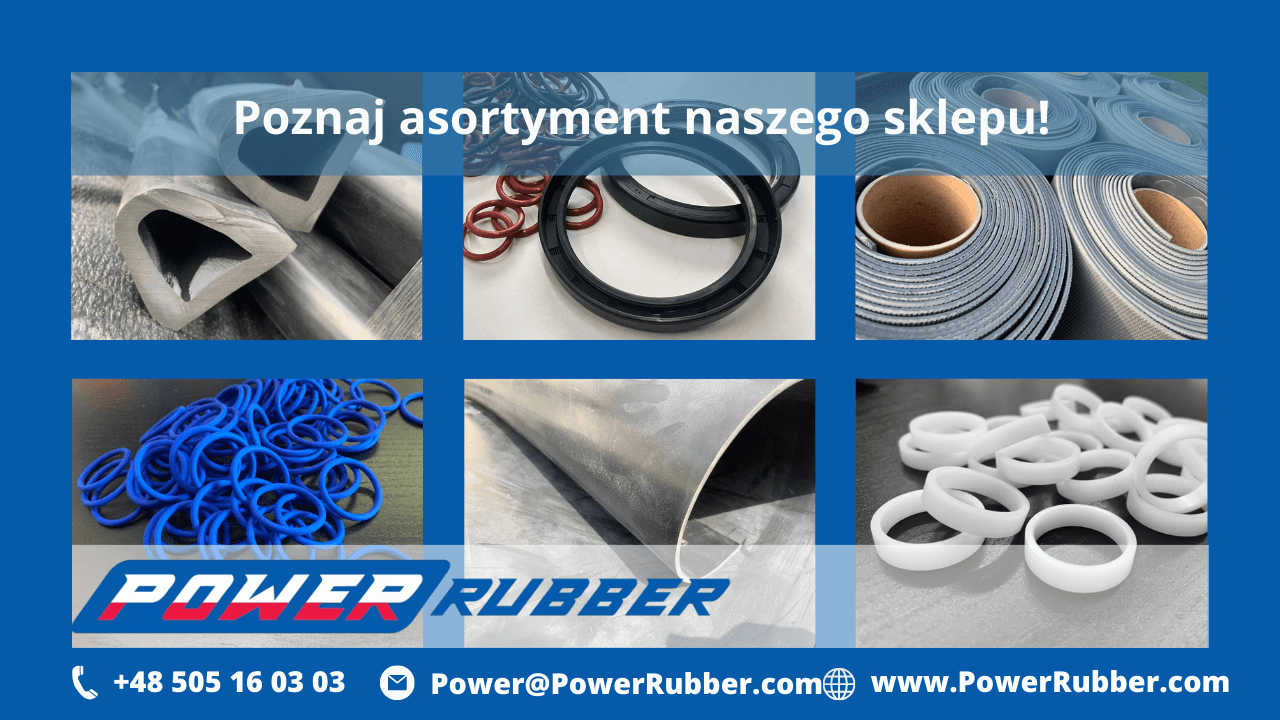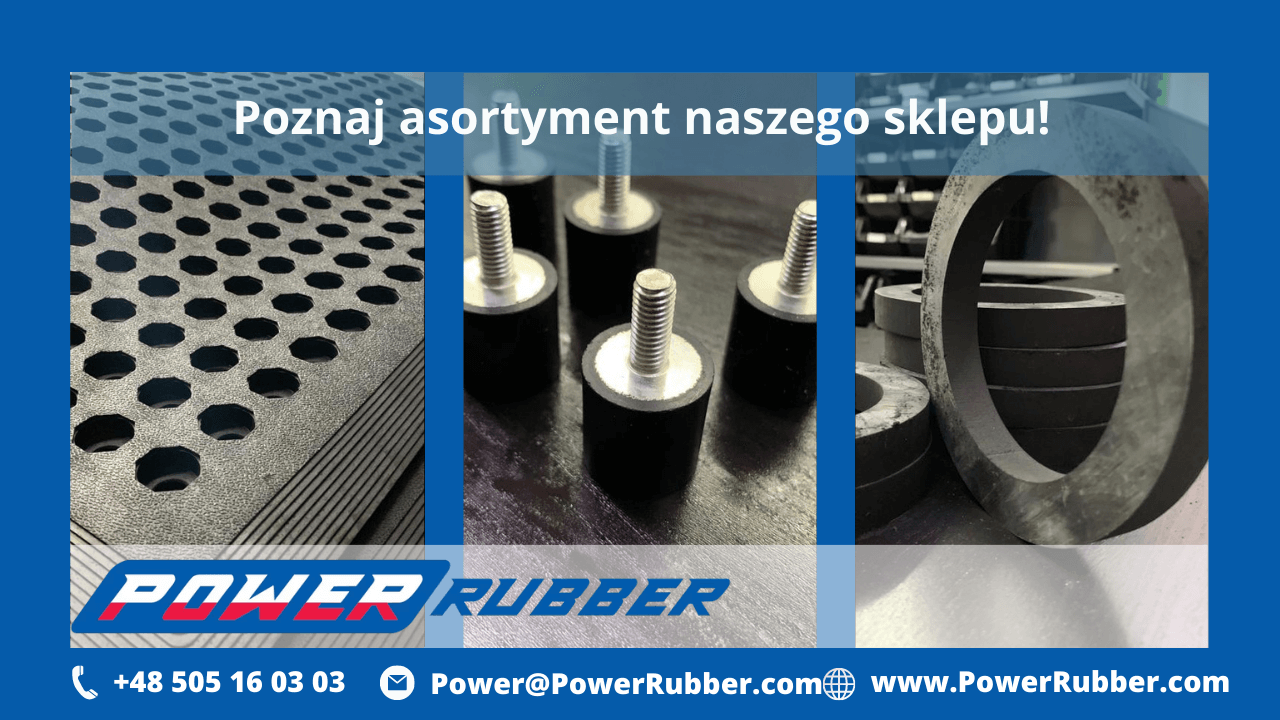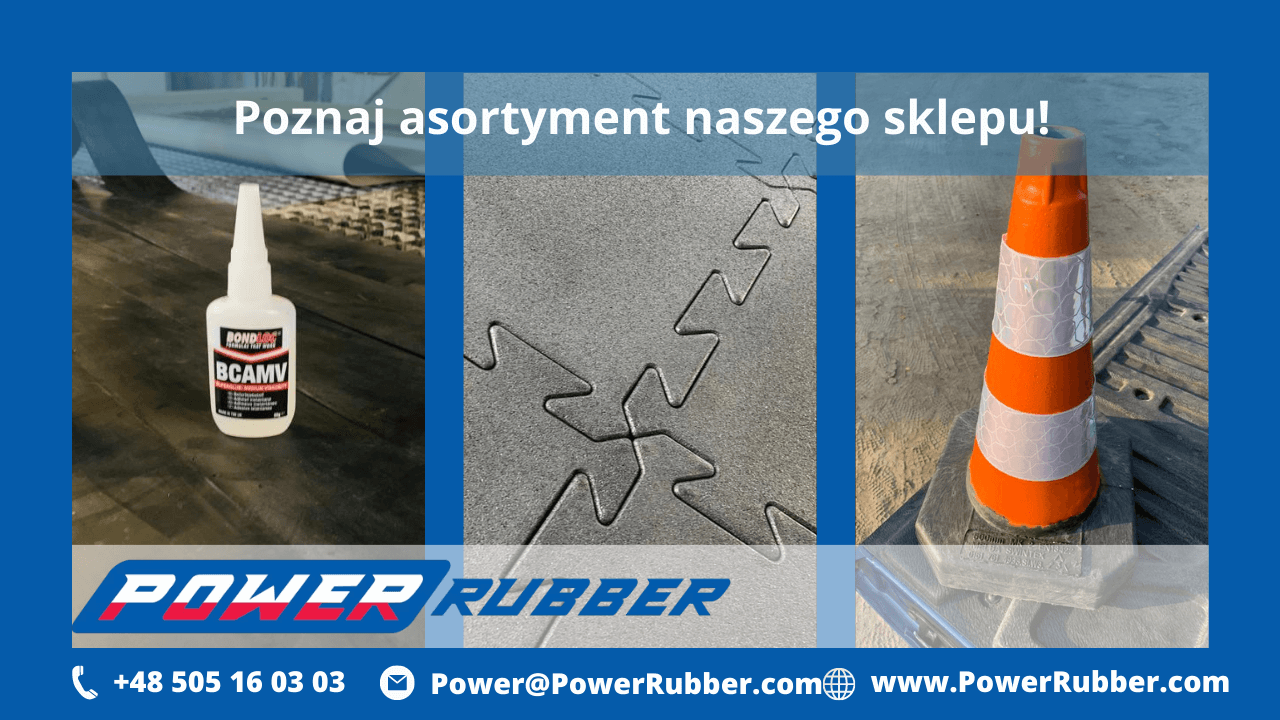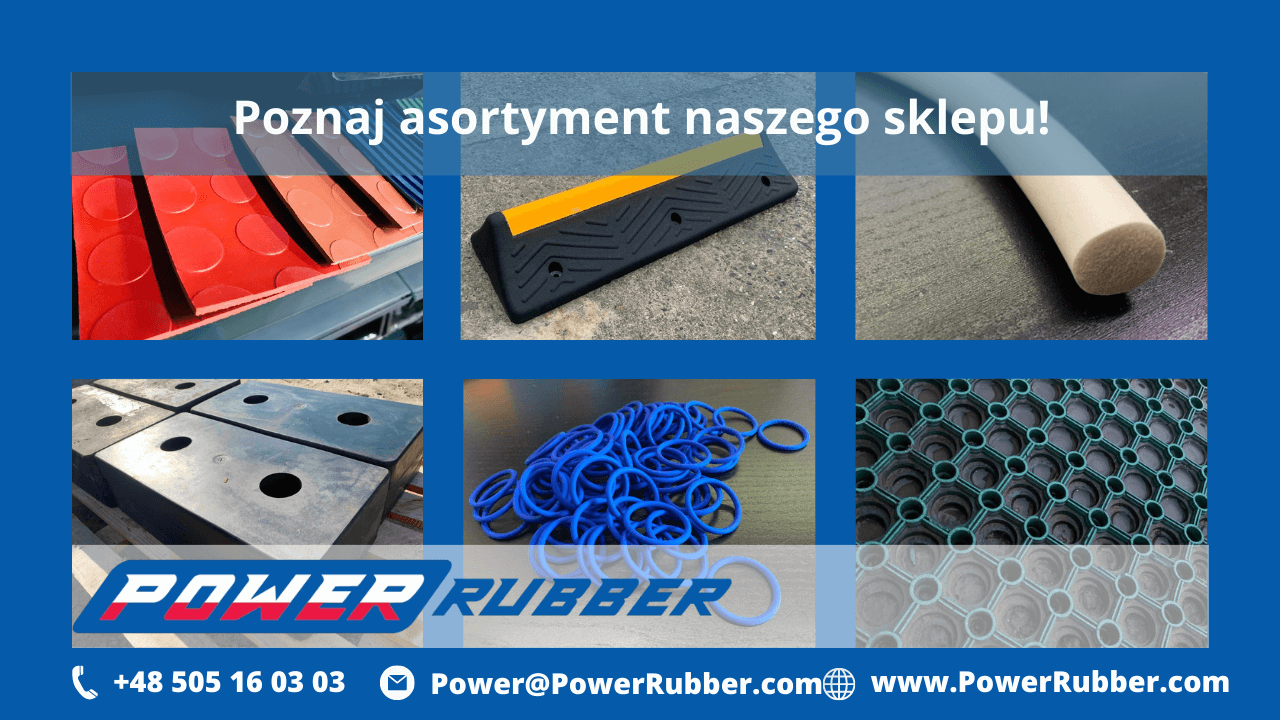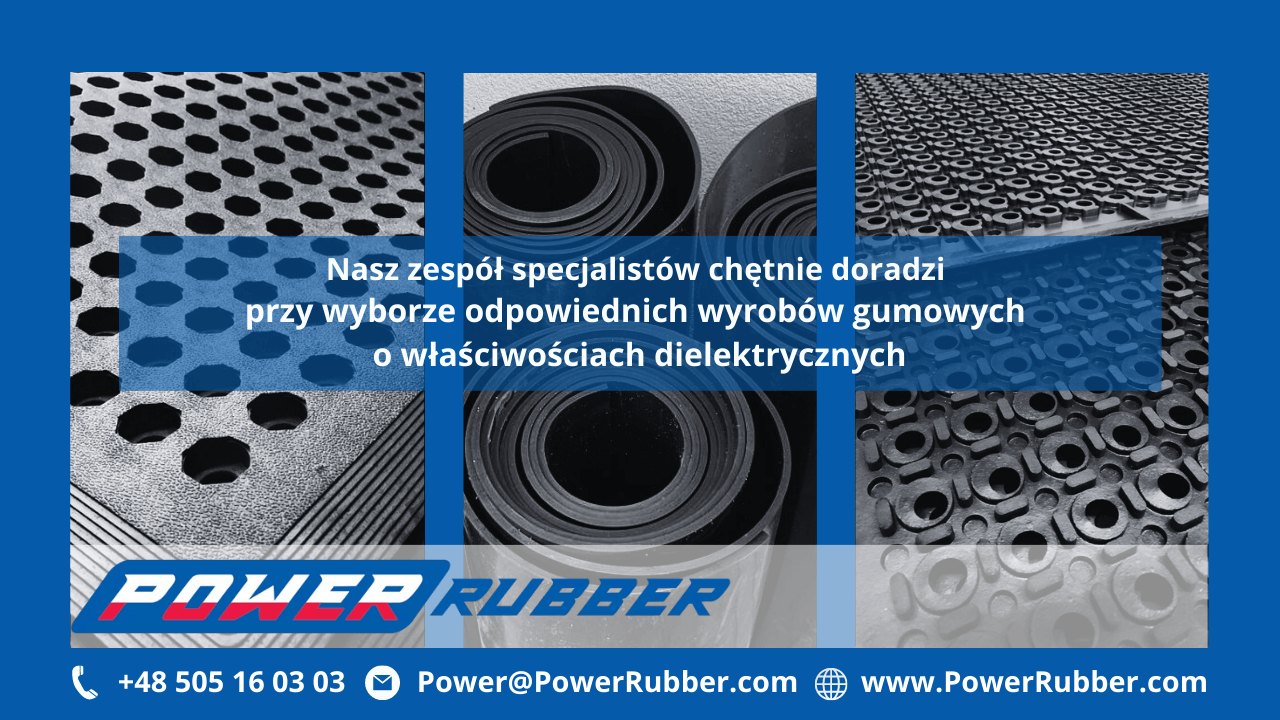Does Rubber Conduct Electricity? Electrical Conductors and Insulators
Does Rubber Conduct Electricity?
Rubber is a synthetic material that does not conduct electricity by itself. Its long-chain molecular structure prevents the free movement of electrons. If a material lacks mobile electrons, it cannot conduct an electric current.
In certain cases, the conductivity of rubber depends on the base compound. If it contains free electrons (conduction bands or charge carriers), it can become electrically conductive. Rubber mixed with carbon or metallic fillers may have electrical properties. Selecting the right rubber compound for a specific working environment allows the choice of a suitable conductive filler. Common conductive additives include silver-coated aluminium, nickel graphite, and silver-plated copper.
Conductive Rubber
Conductive rubber is a type of elastomer with a conductive filler that allows electric current to pass through. It is commonly used in repairing keyboards, calculators, control panels, and remote controls. This material is flexible (able to return to its original shape after deformation) and resistant to tension (with a tensile strength of up to 6.0 MPa).
Non-Conductive Rubber Products
What Is the Difference Between a Conductor and an Insulator?
Conductors
Conductors are materials that easily conduct electricity, such as copper wire, iron, or even wet hands. Electrical conductivity can be either electronic or ionic. Non-metallic conductors include graphite, which is an allotrope of carbon.
Electronic (Metallic) Conductors
In metallic conductors, electric charge is transported by free-moving electrons. These electrons move freely when voltage is applied. Around the positively charged atomic nucleus, electrons orbit in shells. The outermost electrons, known as valence electrons, can detach and become free electrons. These free electrons move through the conductor’s structure, enabling current flow.
Metals and metal alloys such as gold, silver, platinum, steel, cast iron, aluminium, tin, copper, and mercury are excellent electrical conductors.
Ionic Conductors
Ionic conductors use charged ions (positive or negative) to carry electric current. Ionic conductivity occurs in liquids (electrolytes), solids, and gases through a process known as ionisation, which happens at high temperatures or under the influence of an electric field.
Insulators
Insulators, or dielectrics, are materials that poorly conduct electricity. They have a large energy gap between the valence band and the conduction band. A valence electron is located on the atom’s outermost shell. The number and energy level of valence electrons affect the physical properties of a material, such as its thermal and electrical conductivity.
Insulating materials are commonly used to prevent electric shock. Typical insulators include solids (non-metals such as glass, plastic, rubber, paper, wood, polystyrene, diamond), liquids (such as distilled water), and gases (like dry air or gas mixtures). Interestingly, some insulators, such as glass, can become ionic conductors when heated to high temperatures.
Different types of rubber are widely used as insulation coatings in electrical and electronic devices due to their non-conductive properties.
The classification of materials into conductive and non-conductive categories dates back to the 1720s and 1730s, marking one of the first scientific breakthroughs in the study of electricity.
What Are Semiconductors?
Semiconductors are materials with electrical conductivity between that of conductors and insulators. They do not conduct electricity as well as metals but are more conductive than typical insulators. By introducing dopants—certain chemical elements—one can enhance a semiconductor’s electrical performance.
Common semiconductors include silicon and germanium. They are widely used in manufacturing electronic components such as transistors, diodes, integrated circuits, and photovoltaic cells. Unlike metallic conductors, semiconductor conductivity increases with temperature due to a rise in the number of free charge carriers.
Dielectric Properties of Rubber
At Power Rubber, we offer a wide range of rubber products with excellent dielectric properties. Our rubber components operate across a broad temperature range and offer strong resistance to mechanical damage, abrasion, harsh weather conditions, and exposure to chemicals. If you have any questions, our experts are happy to help.
